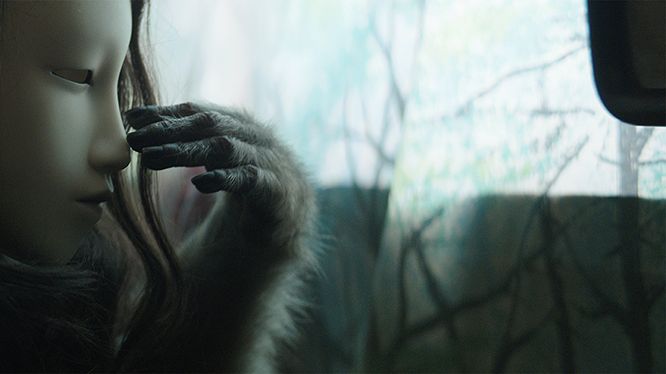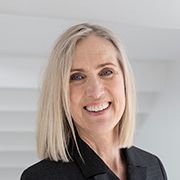
Press release -
Opening at Bildmuseet: Art Across Species and Beings
The upcoming exhibition at Bildmuseet brings together an outstanding selection of artworks that invite museum visitors to rethink the human position in the world, its relationship to all other life forms and to the various complex ecologies that bond beings together.
Animalesque / Art Across Species and Beings presents 17 artists from different countries, generations and backgrounds whose work ranges across various media, including film and video, drawing and sculpture, installation and sound.
Welcome to the press preview of the exhibition on Thursday 13 June at 10:00 (RSVP) and to the opening on the Friday evening at 17:00–21:00. Participating on both occasions are director Katarina Pierre, curator Filipa Ramos, assisting curator Anders Jansson and artists Luca Frei, Annika Larsson and Paloma Varga Weisz.
A growing awareness of living in an environmentally fragile planet has led artists to reconsider the role of art in responding to current challenges. Many artists have been rethinking the relationship between humans and nature, the effects of changes to the earth’s climate and the ways in which all species are caught together within complex causes and effects.
Participating in the exhibition are Allora & Calzadilla (USA/Cuba), Pia Arke (Greenland), David Claerbout (Belgium), Marcus Coates (UK), Mary Beth Edelson (USA), Simone Forti (USA), Luca Frei (Switzerland/Sweden), Pierre Huyghe (France), Carsten Höller (Germany/Sweden), Joan Jonas (USA), Annika Larsson (Sweden), Louise Lawler (USA), Britta Marakatt-Labba (Sweden), Amalia Pica (Argentina), Ho Tzu Nyen (Singapore) and Paloma Varga Weisz (Germany).
In tandem with the exhibition and throughout its duration there will be a programme of live events featuring talks with artists and various experts, as well as film screenings and discussions that further expand and develop the topics of the show.
Animalesque / Art Across Species and Beings runs June 14–October 20, 2019. The exhibition has been produced by Bildmuseet and is curated by London-based writer Filipa Ramos. Interested in the intersection of art, cinema and animal studies, Ramos is the Editor in chief of art-agenda and co-curator of Vdrome. She is a lecturer at Kingston University and Central Saint Martins, London, and at Institut Kunst, Basel.
Assisting curator Anders Jansson, Bildmuseet.
Press preview | Thursday 13 June 10–12 am. RSVP.
Opening | Friday 14 June 5–9 pm.
Press images | www.bildmuseet.umu.se/press-images
For further information, please contact
Museum curator Anders Jansson, Bildmuseet
anders.jansson@umu.se, 072-083 66 16
Topics
Categories
Bildmuseet exhibits contemporary international art, photography, architecture, design and other forms of visual culture. Existential, political and philosophical issues are key to the programme. Bildmuseet received a Special Commendation from the European Museum of the Year jury, and has been one of the top candidates för the Swedish Museum of the Year Award as well as for the Council of Europe Museum Prize.
Housed in an acclaimed building at the Umeå Arts Campus, right next to the Umeå Academy of Fine Arts, Umeå Institute of Design and Umeå School of Architecture, Bildmuseet is a part of Umeå University – a multifaced university where studies and research within the creative realm make up an important part of the universty's cornerstone. It is one of Sweden's largest institutions of higher learning with over 32,000 students and 4,200 employees.

